Research & Studies
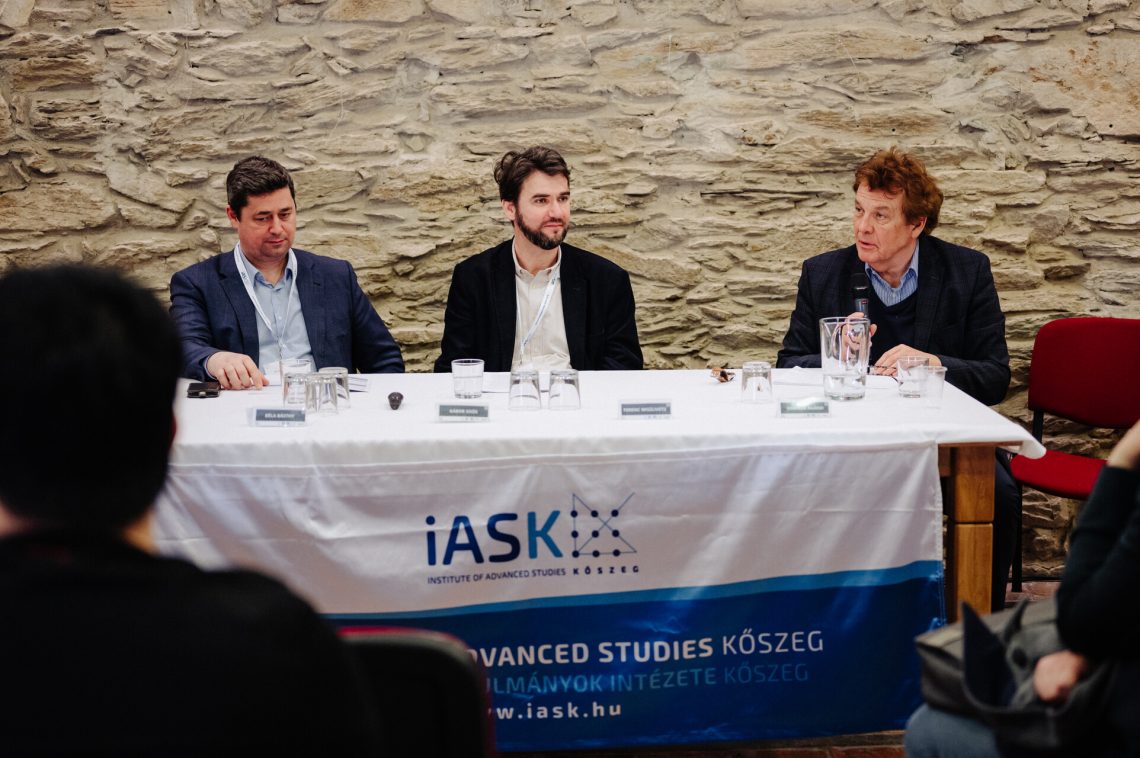
On the first day of the 6th UNESCO MOST Winter School we started our programme with the presentation of the international context and its characteristics, then continued with understanding the transformation of spaces through artistic activism. How do the upheaval in the international community, the time of war and the yearning for peace change the sense of belonging of individuals? Which groups are affected deeply by the disorder and who are the agents of today’s world that seek to bring back balance and unity? What actions of activism can be taken to reshape spaces burdened by the past? How does art redeem trauma? Can artistic space revitalization be seen as a harbinger of new social identity for greater social cohesion? These are some of the questions that connected today’s lectures and provoked our audience to think further and find new answers through interdisciplinary communication. The first day ended with a concert and reception by jazz pianist Károly Binder.
On the second day of the 6th UNESCO MOST Winter School, the first panel started with the topic of transformation of urban empty spaces, and then the second panel continued with knowledge transfer of practices of community creation and community-driven urban transformation incentives. How does a space gain its function, value and role? How can we decide between many applicable strategies of revitalization? What is the importance of communication to form and connect a community to an urban development project? Is it the transformable space or the local identity that comes first and what effect do they have on each other? How can collaborative action transform the community and its environment? What methods can be used to tackle sustainably the challenges of housing, gentrification and social inequalities within the urban environment? The second day’s programme closed with a workshop event on social design that summarizes the fundamental philosophy of iASK: What is the best method to influence social change by adapting theory into practice? These are some of the questions that were highlighted through the interdisciplinary exchange of our lecturers today.
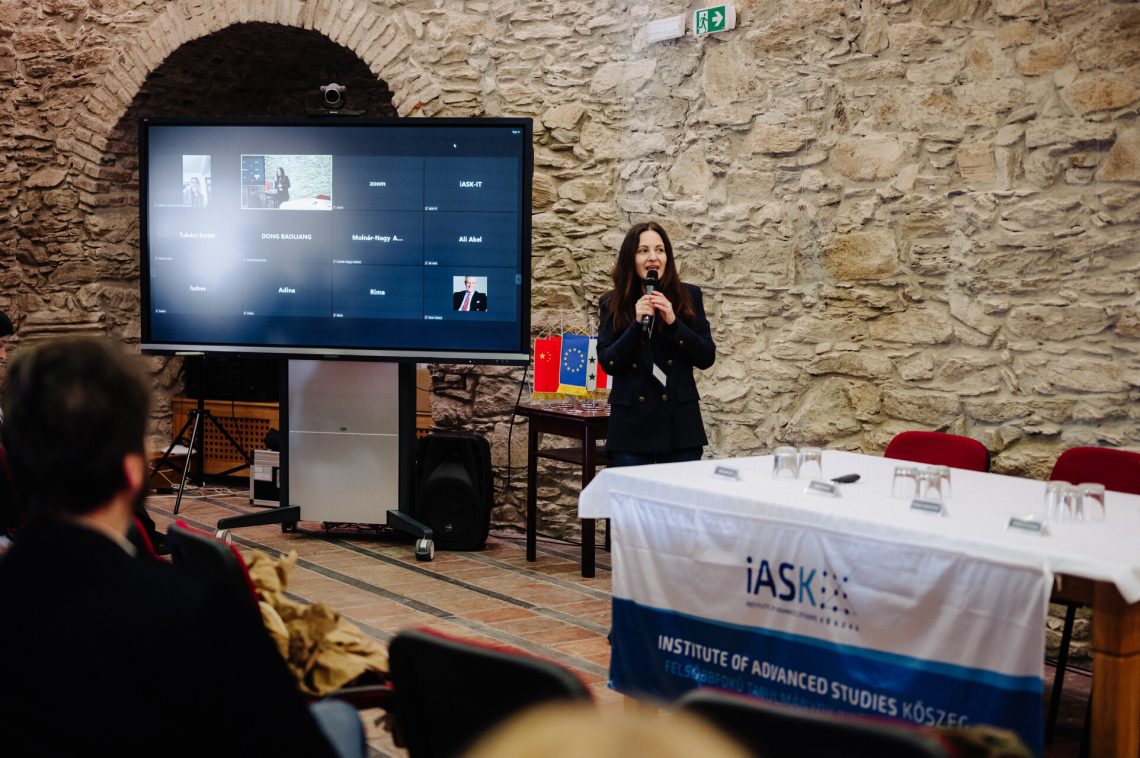
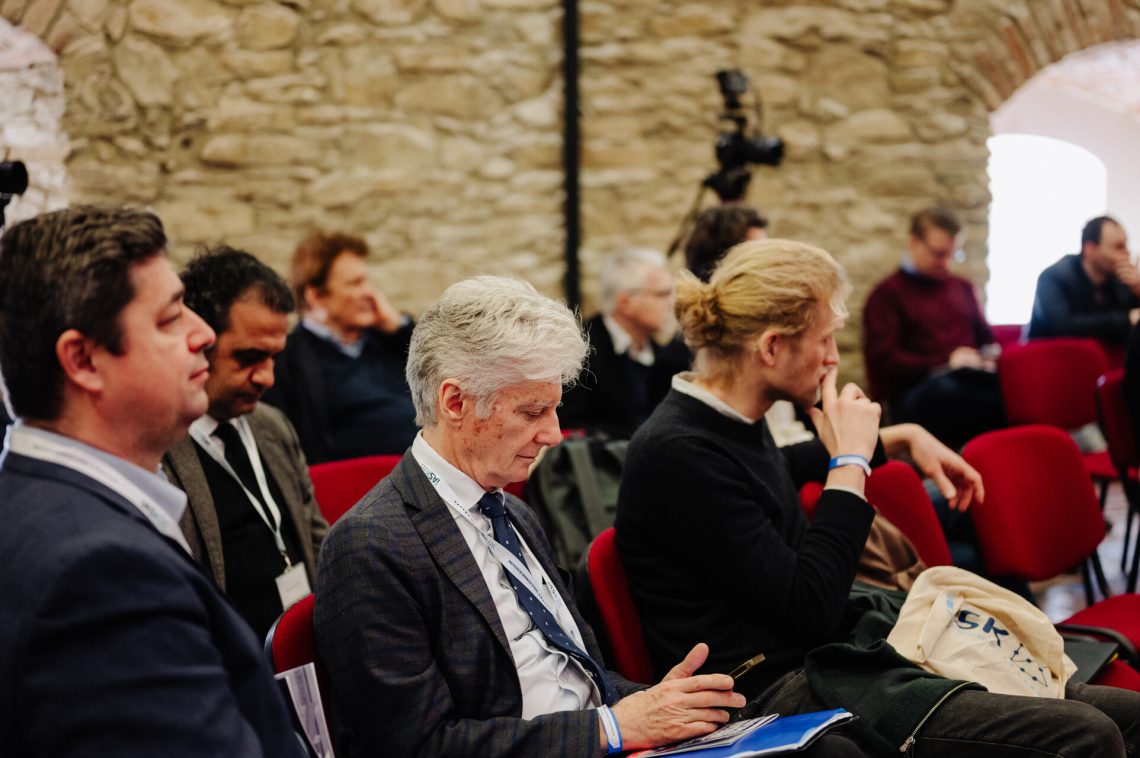
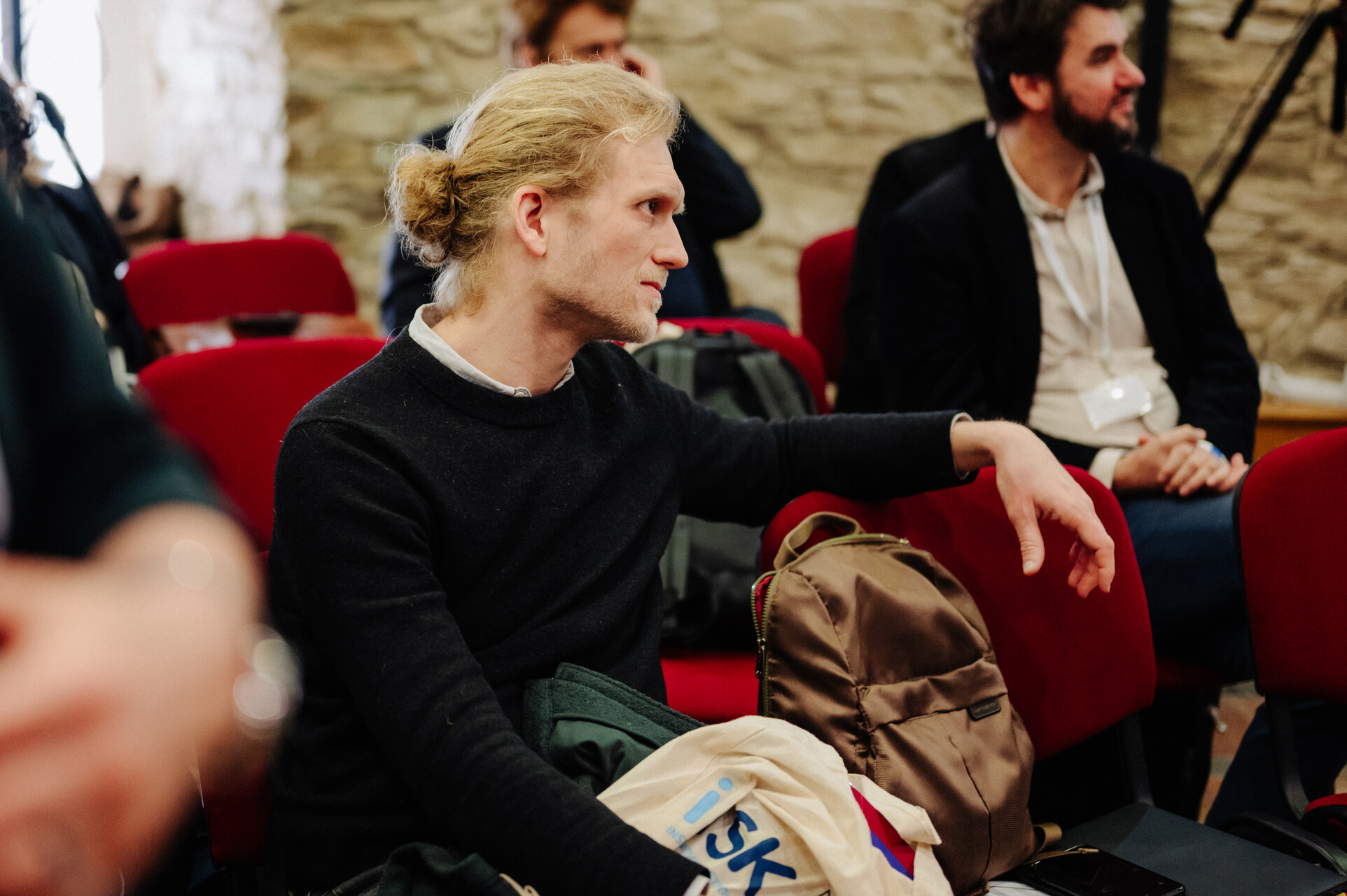
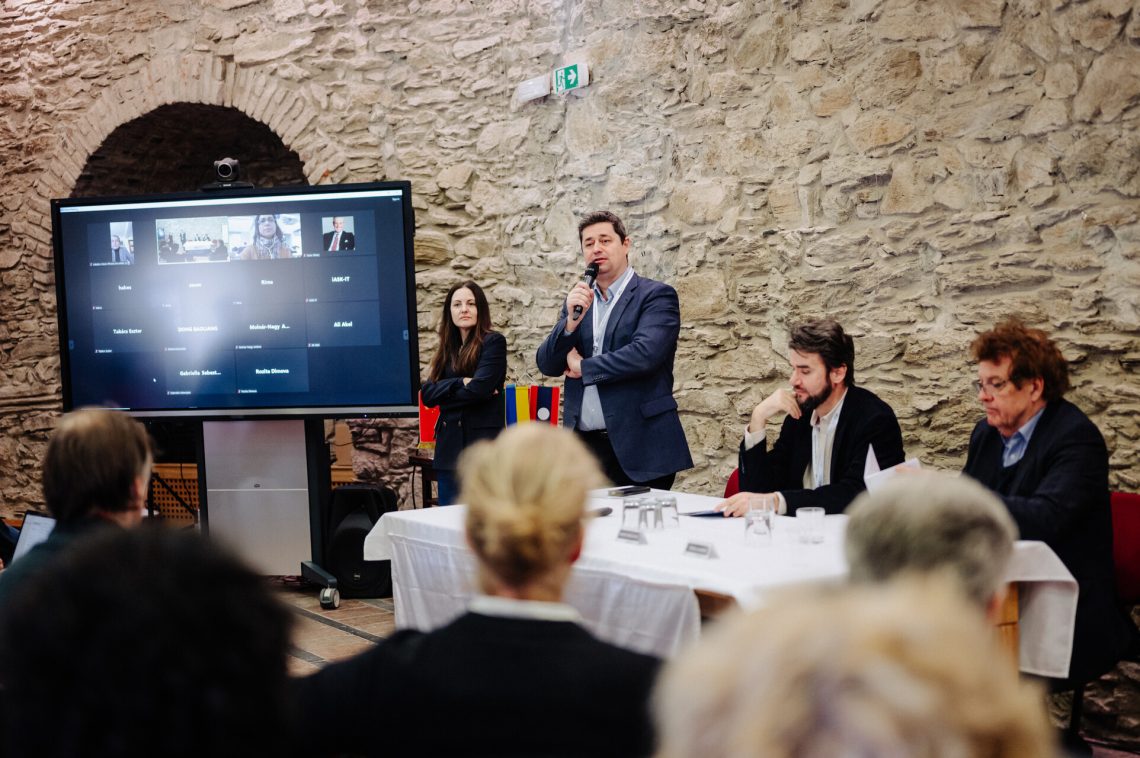

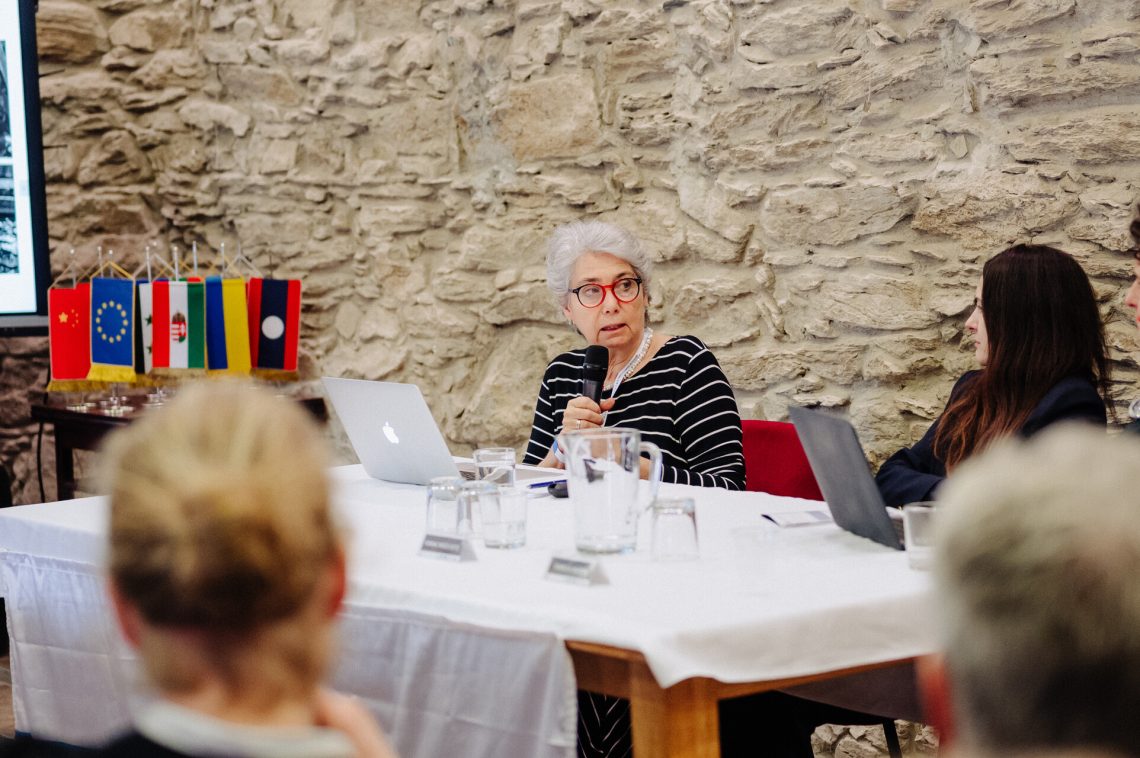
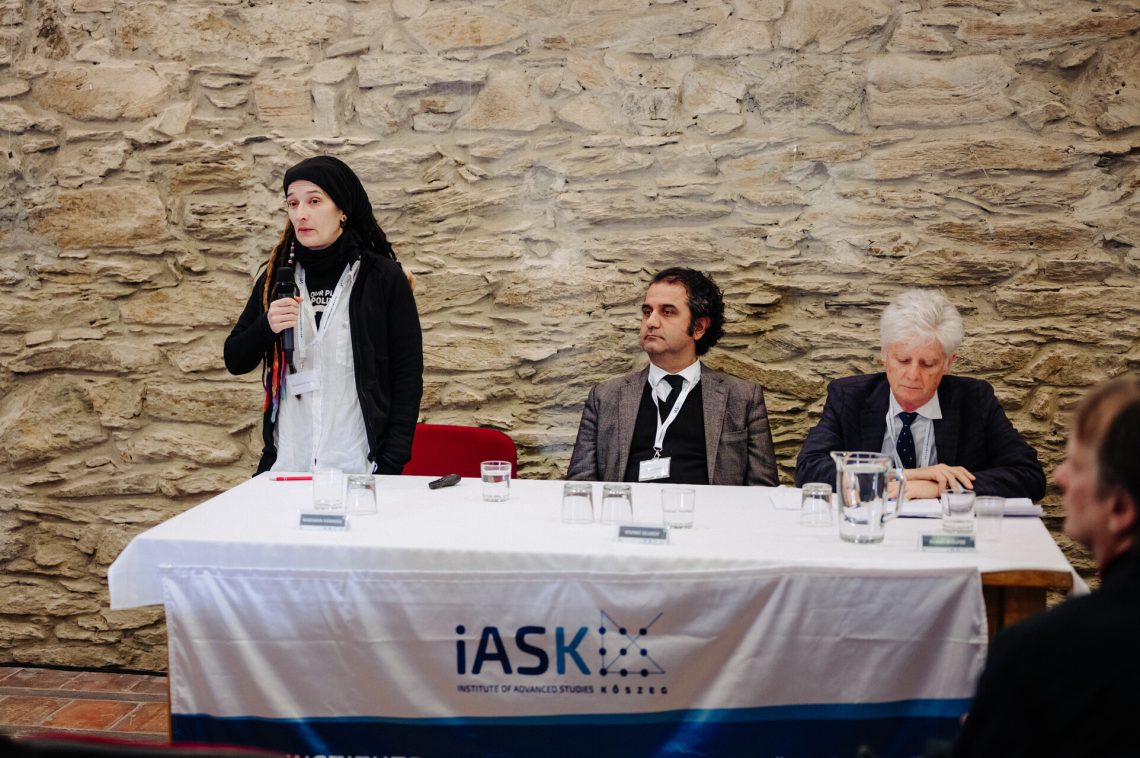
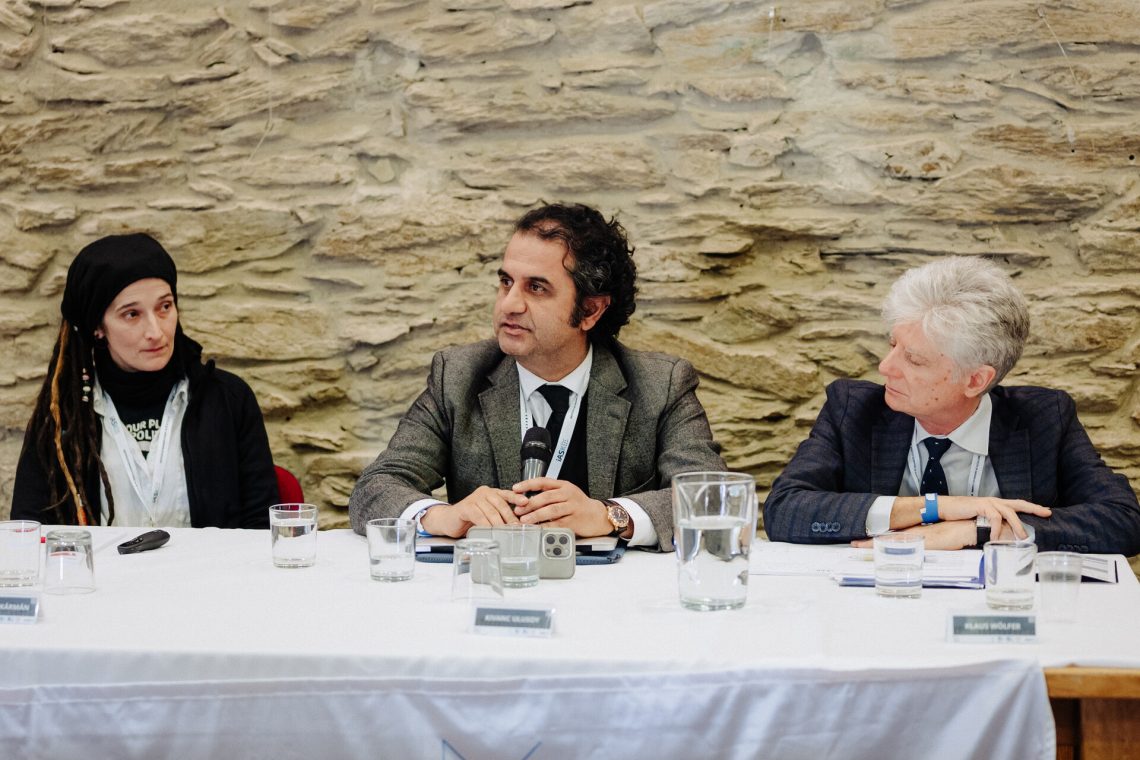
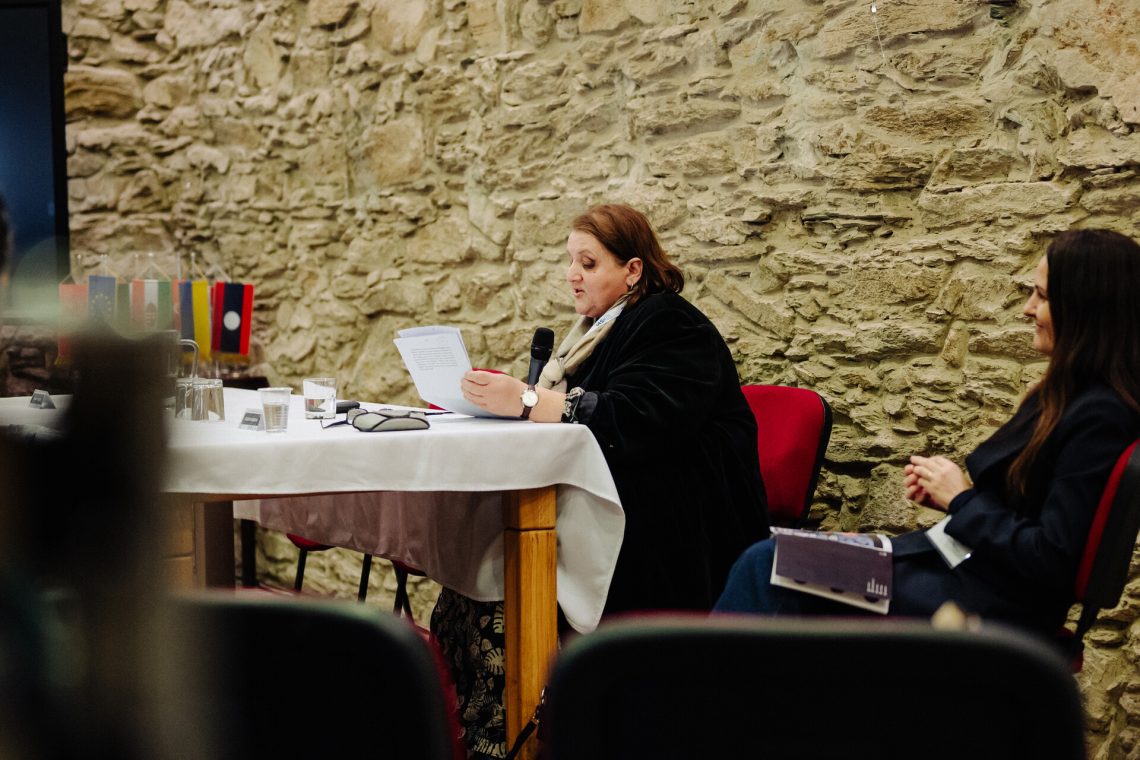
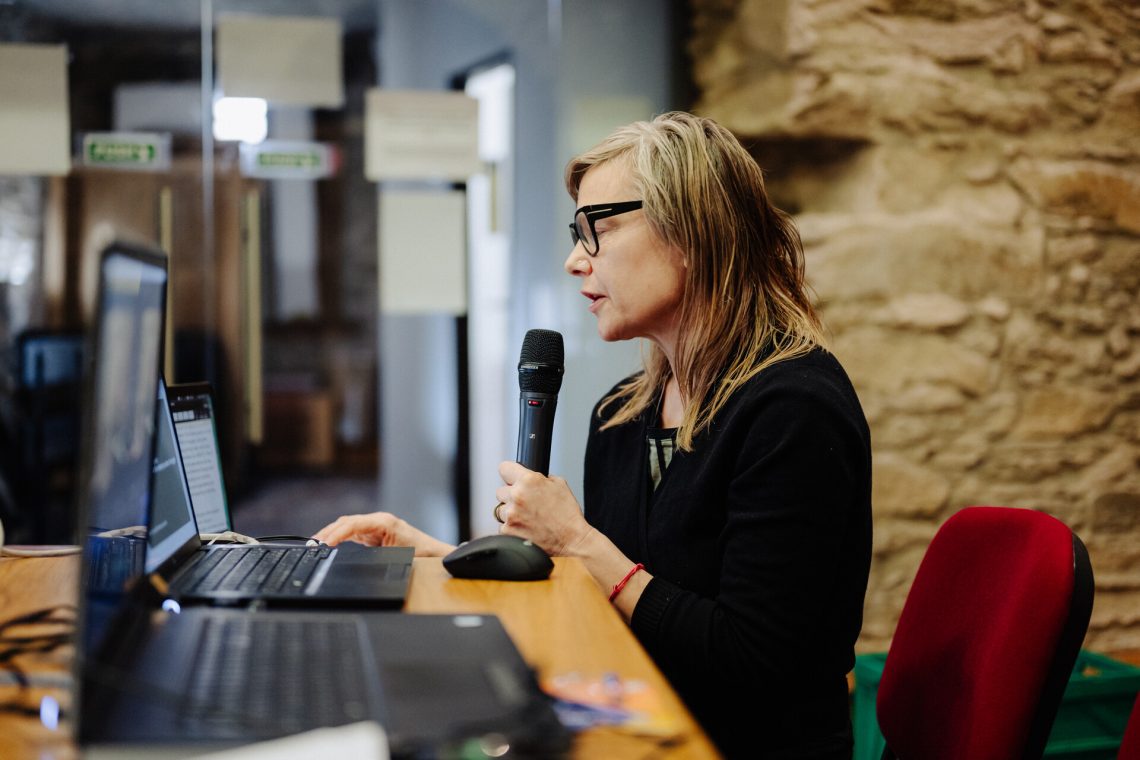
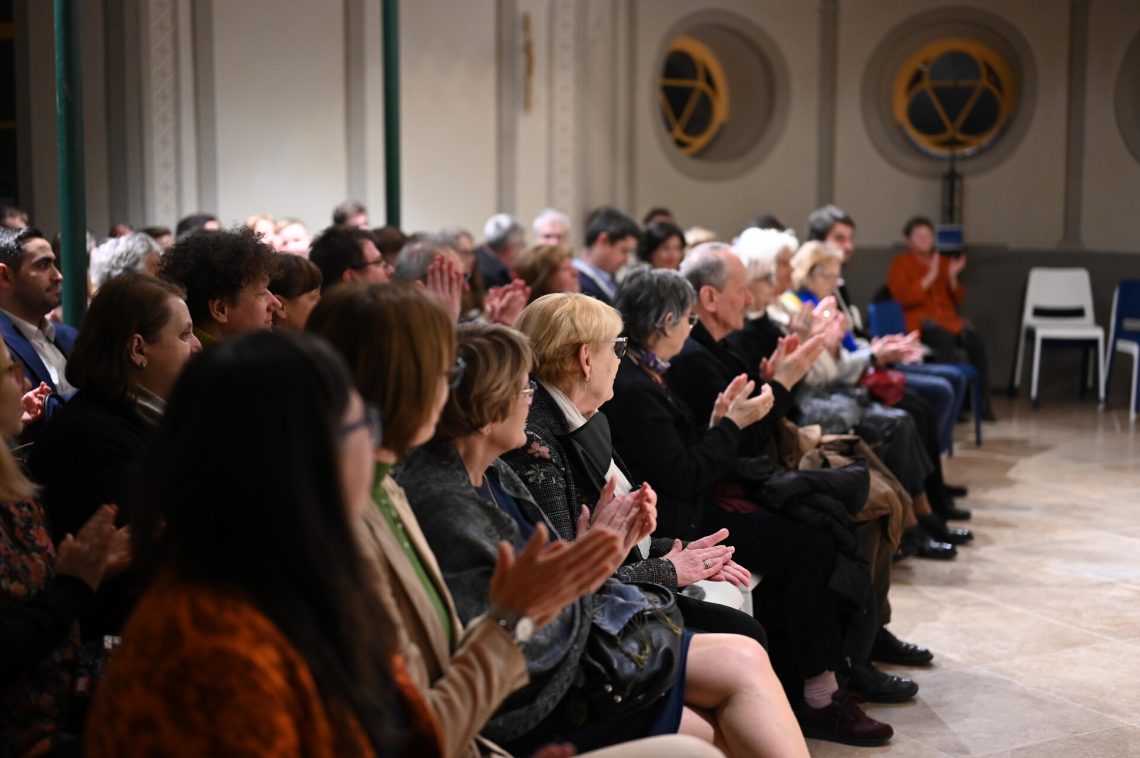
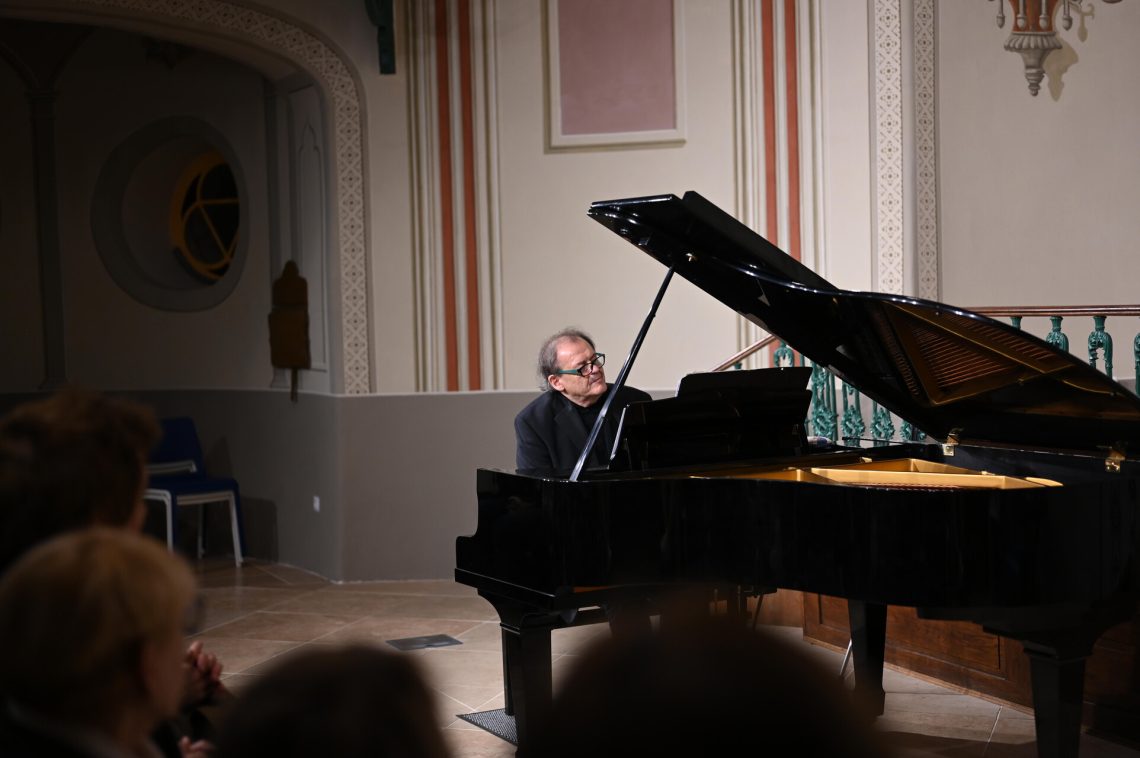
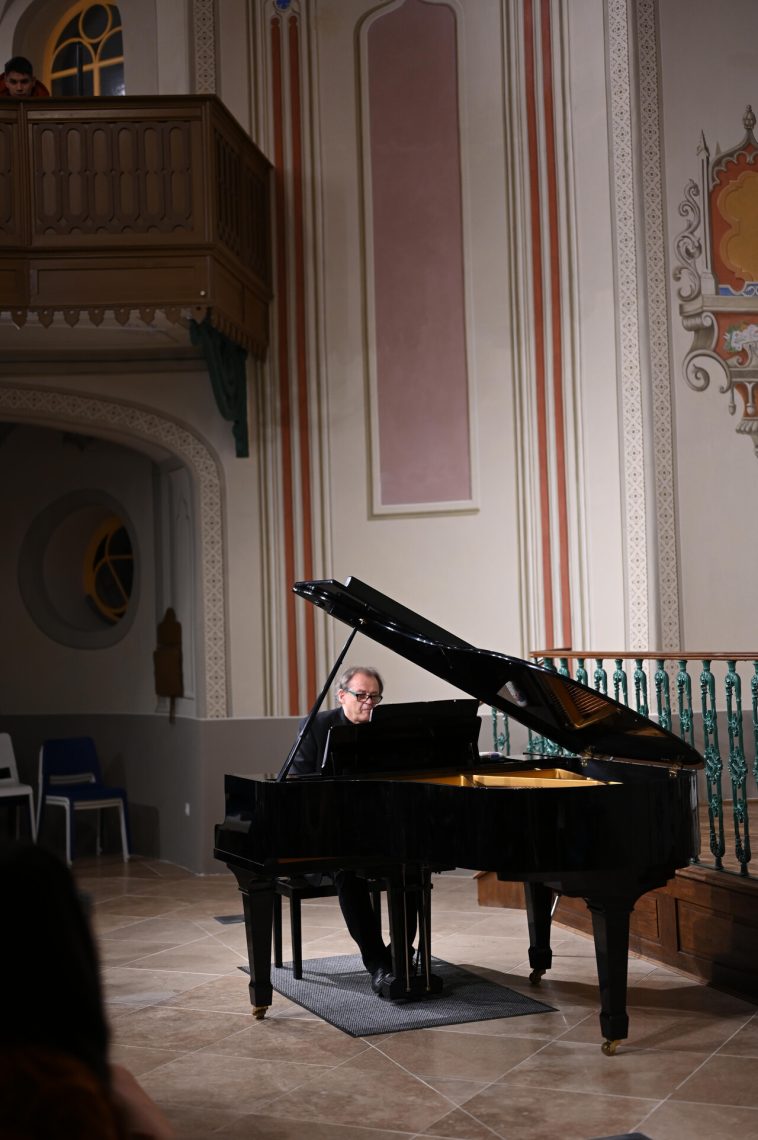
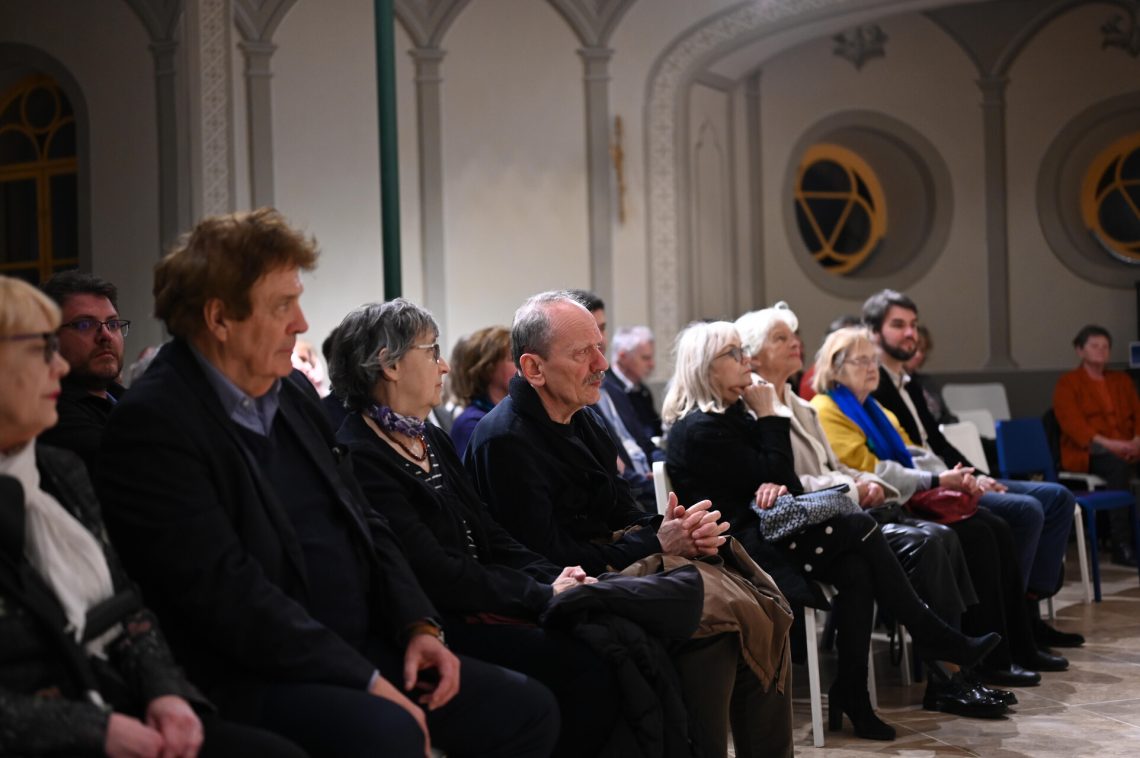
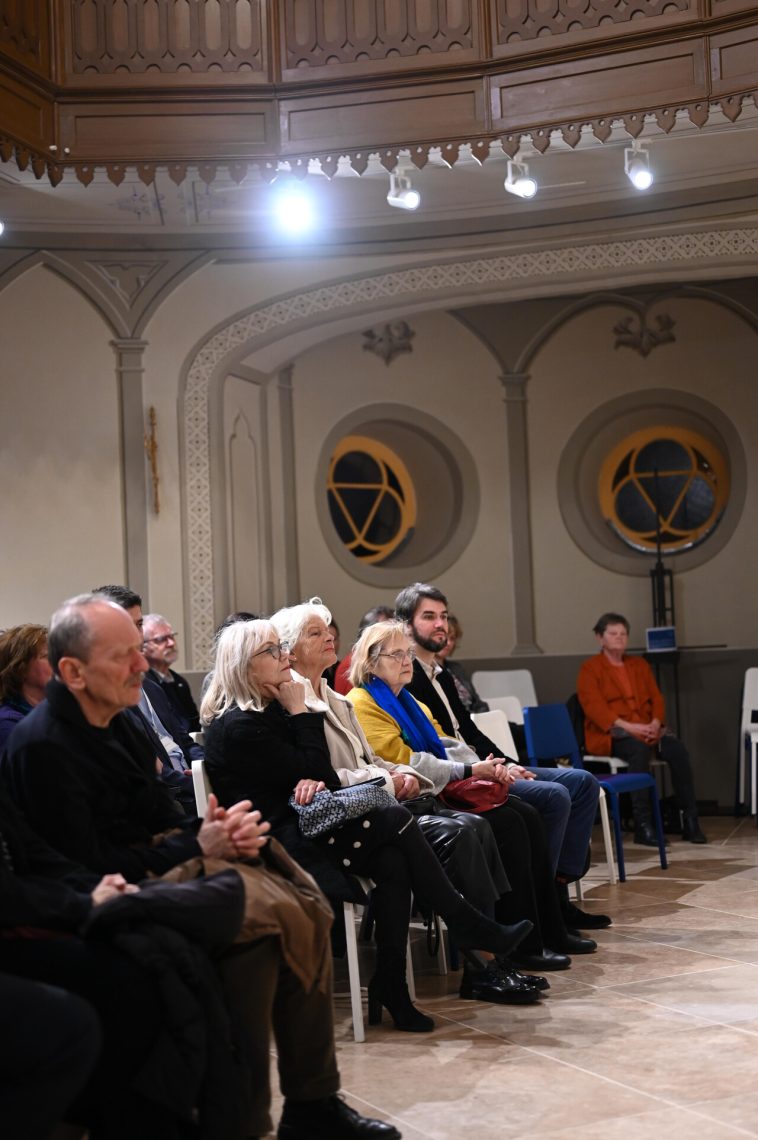
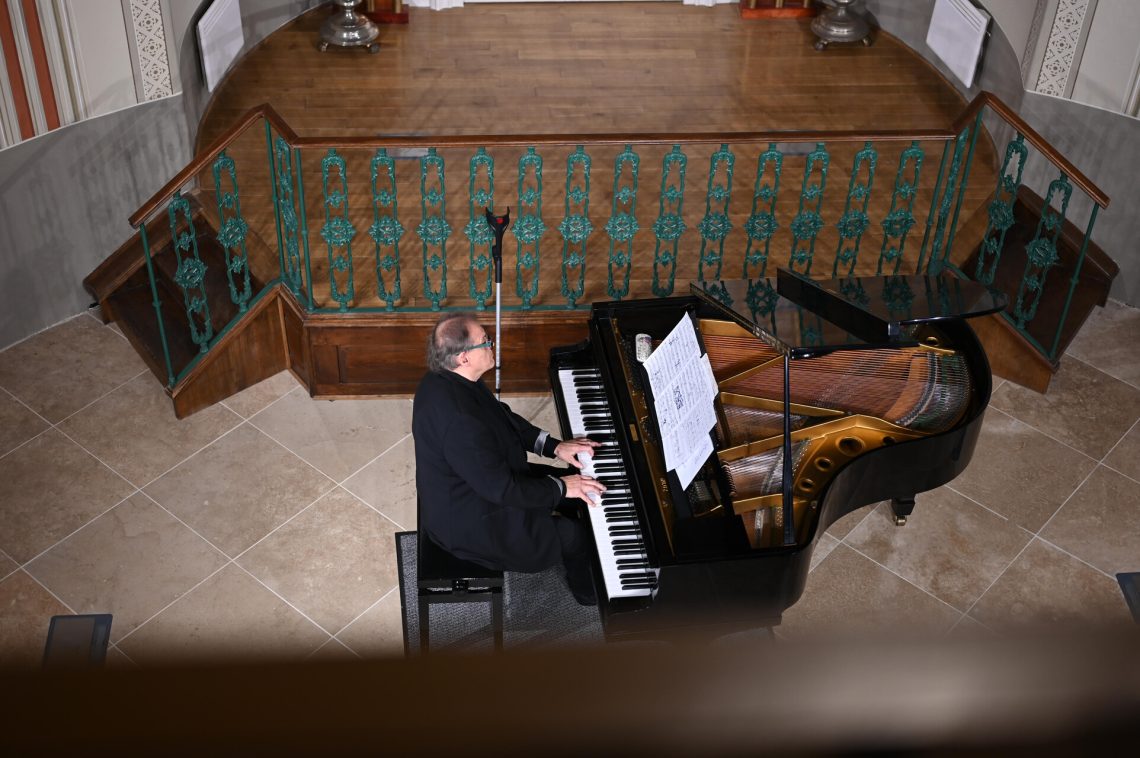
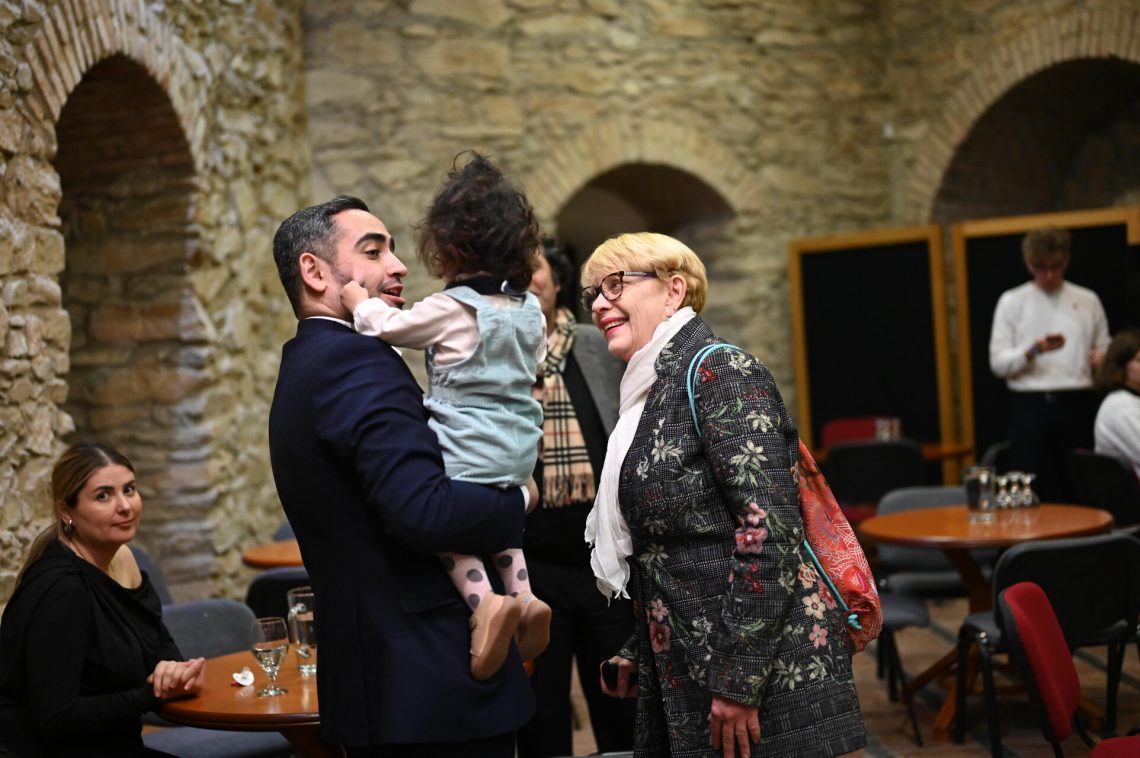
Text by: Benedek Faházi
© 2017-2023, All Rights Reserved